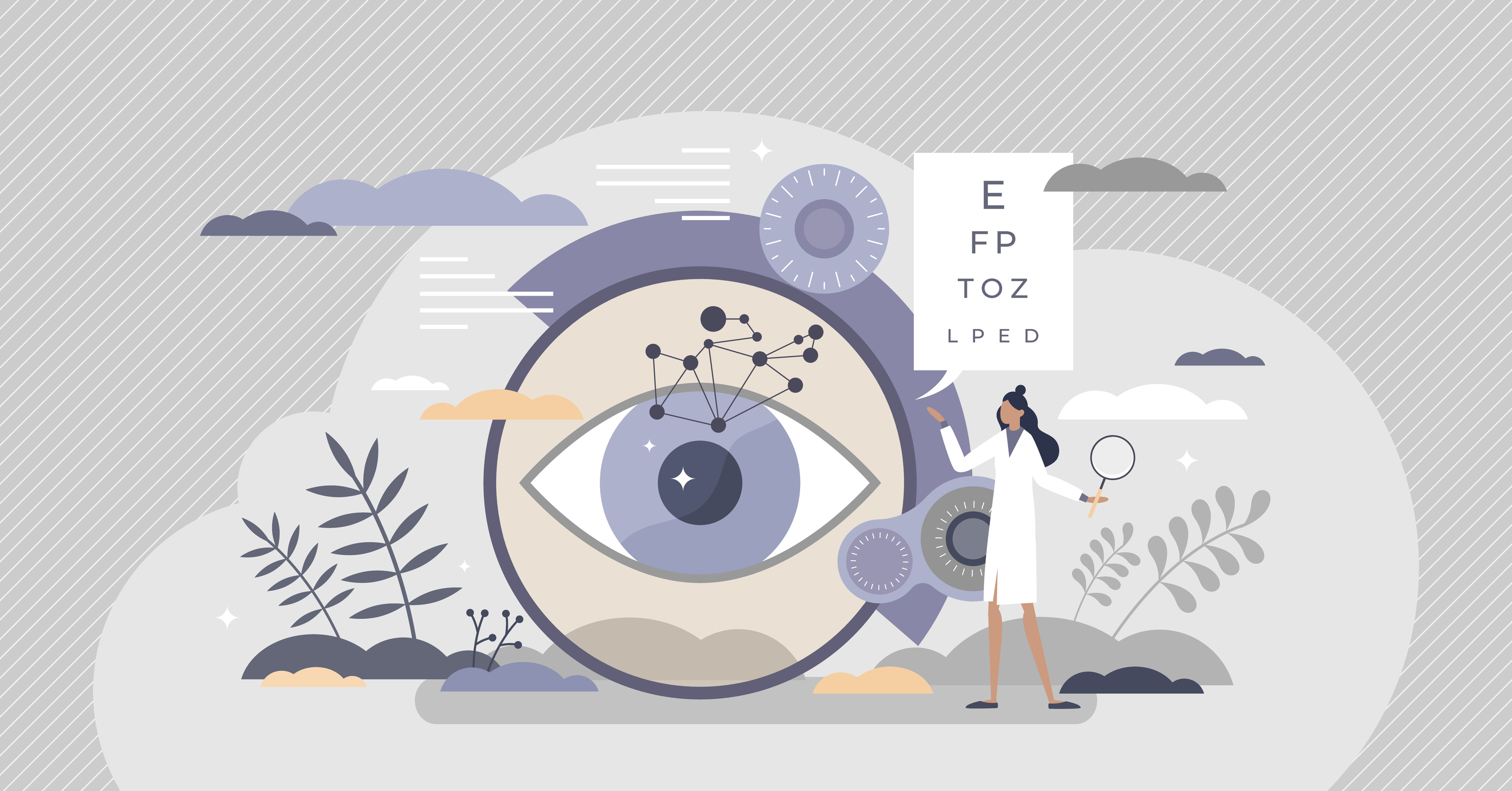This website uses cookies so that we can provide you with the best user experience possible. Cookie information is stored in your browser and performs functions such as recognising you when you return to our website and helping our team to understand which sections of the website you find most interesting and useful.
How sustainable is dry eye disease management?
How sustainable is dry eye disease management?
How sustainable is dry eye disease management?
Eye care news from the Flame Health blog. Scientists and clinicians from Birmingham have investigated the potential of achieving a net-zero dry eye disease care pathway.
Researchers from the University of Birmingham and Birmingham and Midland Eye Centre have examined the sustainability of the dry eye disease care pathway.
Writing in Eye, scientists highlight how seven key areas could be targeted within the care pathway to reduce emissions and pollution – supporting the NHS’ goal of achieving net-zero by 2045.
The authors highlight that dry eye is a chronic disease with an estimated global prevalence of 29.5%, and an environmentally damaging care pathway.
“Moreover, environmental damage is a known aggravator of dry eye disease. Worldwide management of this illness generates copious amounts of non-recyclable waste, utilises inefficient supply chains and involves recurrent follow-up appointments and prescriptions,” the researchers highlighted.
Opportunities identified by the authors to reduce the environmental impact of dry eye care in the UK include: replacing single-dose plastic vials, improving recycling methods, reducing reliance on refrigeration of eye drops, creating longer-lasting eye drops and reducing the need for patient travel.
Search Jobs by Sector:
- Cosmetic Surgery Jobs |
- Dentistry |
- Doctors |
- GP |
- Healthcare |
- Hearing Care |
- Optometry |
- Pharmacy |
 How sustainable is dry eye disease management?
How sustainable is dry eye disease management?
